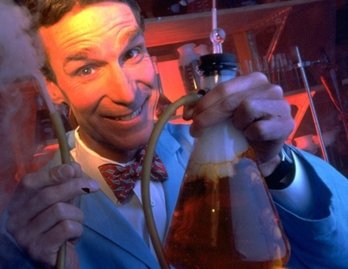Ah ok - nope, works out to exactly the same in the end - you still end up with a 50/50 mix with your intended nicotine strength, so no differenceWhat I meant was I use a total mix of 50/50. For example I mix 4ml pg based flavour,11ml pure pg, 6ml vg nic and 9ml pure vg to get a 30ml juice. So I only use vg based nic.
In my post I do 50/50 nic and 50/50 pure to keep the calculations a bit simpler - will later on get to these mixes.






